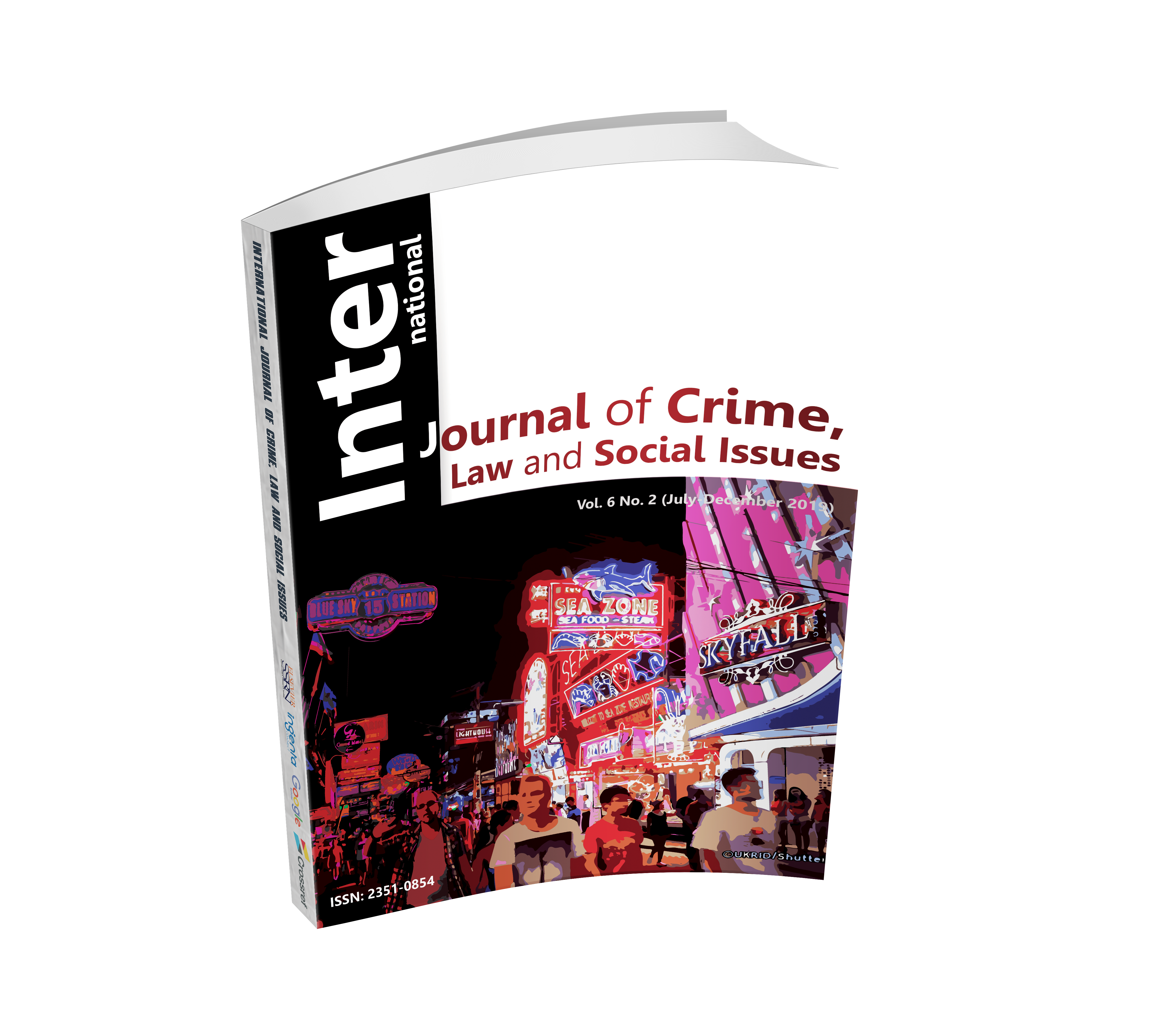Thailand’s Counter-IUU Fishing Policy: An Analysis of Stakeholder Perceptions
Keywords:
Thailand, Fishery, IUU Fishing, IPOA, Stakeholder PerceptionAbstract
The purpose of this study is to identify, analyze and understand fishery stakeholders’ perception on Thailand’s counter illegal, unreported and unregulated (IUU) fishing policy, and to understand drivers behind perception discrepancies between stakeholder groups. Primary data was collected by sending a close-ended questionnaire to informants who are considered experts in the field of IUU fishing in Thailand. The questionnaire was designed to follow the framework of the counter-IUU fishing policy—the International Plan of Action to Prevent, Deter, and Eliminate Illegal, Unreported and Unregulated Fishing (IPOA-IUU). The scoring was on a modified, 5-point Likert scale, which correlated with a policy life cycle of: no recognition of issues, recognition, formulation, implementation, and control. The study results found that each stakeholder group has a different perception when reviewing the same issue—the Thai counter-IUU fishing policy. A consistent trend emerged from comparing the perceptions of each group. The stakeholder groups that directly impact policy formulation and implementation rated high on a scale, indicating that they perceive Thailand is in the implementation and control phases of counter-IUU fishing. Conversely, the stakeholder groups that had an indirect impact on the policy rated lower. These results, indicate a perception discrepancy of the Thai counter-IUU policy. These perceptions will be explored further to understand motivations and level of involvement on policy issues.
Downloads

Downloads
Published
How to Cite
Issue
Section
License
Copyright (c) 2022 IJCLSI_6_2

This work is licensed under a Creative Commons Attribution-NonCommercial-NoDerivatives 4.0 International License.










.png)


